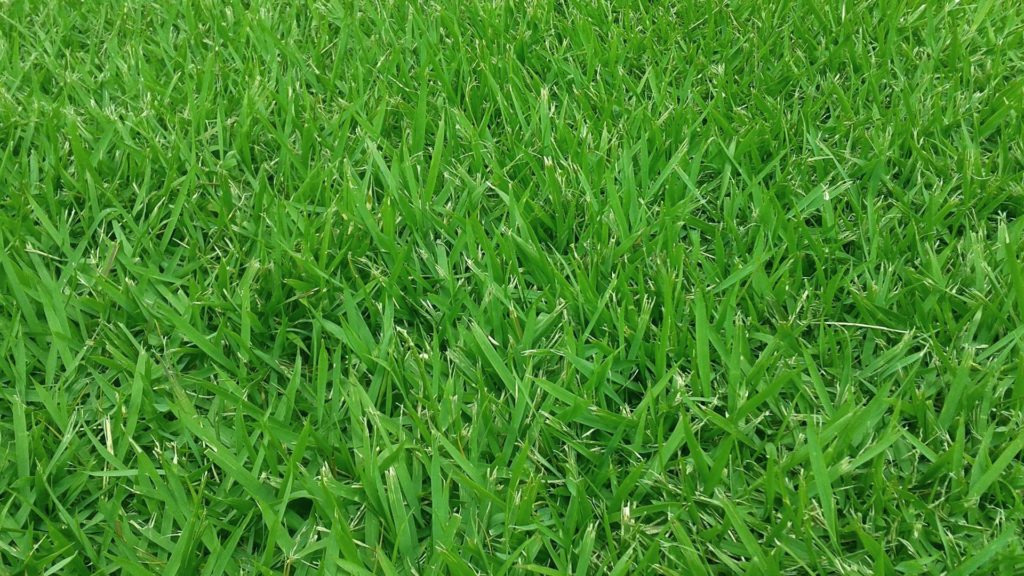Few things are more frustrating than an uneven lawn with random tufts of grass sticking up like cowlicks. If your yard looks more like a patchy quilt than a smooth carpet, here’s what’s causing those annoying clumps—and how to fix them for good.
Why Is My Grass Growing in Clusters?
Grass grows in clumps when:
✔ Soil is compacted in some areas but loose in others
✔ Thatch buildup prevents even water/nutrient distribution
✔ You’re mowing improperly (dull blades or wrong height)
✔ You have bunch-type grass like tall fescue that grows this way
✔ Pet urine spots or heavy foot traffic damage certain areas
Learn how to check soil health by testing soil with pH test strips to identify nutrient imbalances that might be contributing to uneven growth.
How to Fix Grass Growing in Clumps
Follow this step-by-step solution:
-
Dethatch (remove layers thicker than ½ inch)
-
Aerate to relieve soil compaction (we offer professional aeration services)
-
Level the soil by filling low spots with topsoil/sand mix
-
Overseed lawn with compatible grass seed
-
Adjust mowing habits (keep blades sharp and vary patterns)
How to Fix Lumps in Grass
For existing uneven patches:
✂ Trim tall clumps gradually (never remove more than ⅓ of blade height at once)
🌱 Reseed bare spots after leveling the soil
💧 Water deeply but less frequently to encourage even growth
Pro Tip: Apply slow-release nitrogen fertilizer to help grass spread laterally rather than growing upward in clumps.
Your Top Questions Answered
Q: How do I stop my grass from growing in clumps?
A: Prevent future clumping by:
-
Aerating annually (especially in high-traffic areas)
-
Mowing at the proper height for your grass type
-
Dethatching when layers exceed ½ inch
-
Testing and amending soil every 2-3 years
Q: Why does my grass grow faster in some spots?
A: Uneven growth usually means:
-
Soil compaction varies across your lawn
-
Sunlight exposure differs (shaded areas grow slower)
-
Water drainage is inconsistent
-
Nutrient levels fluctuate in different zones
Q: Will grass eventually even itself out?
A: Most lawns need help to become uniform. While some spreading grasses can fill in gaps, you’ll typically need to:
-
Correct underlying soil issues
-
Overseed thin areas
-
Maintain consistent care
When DIY Isn’t Enough: If clumps persist despite your efforts, our lawn care specialists can diagnose and treat stubborn uneven growth problems.
Final Tip: For immediate improvement, mow when grass is dry to avoid clumping clippings that can smother areas and worsen uneven growth patterns.

